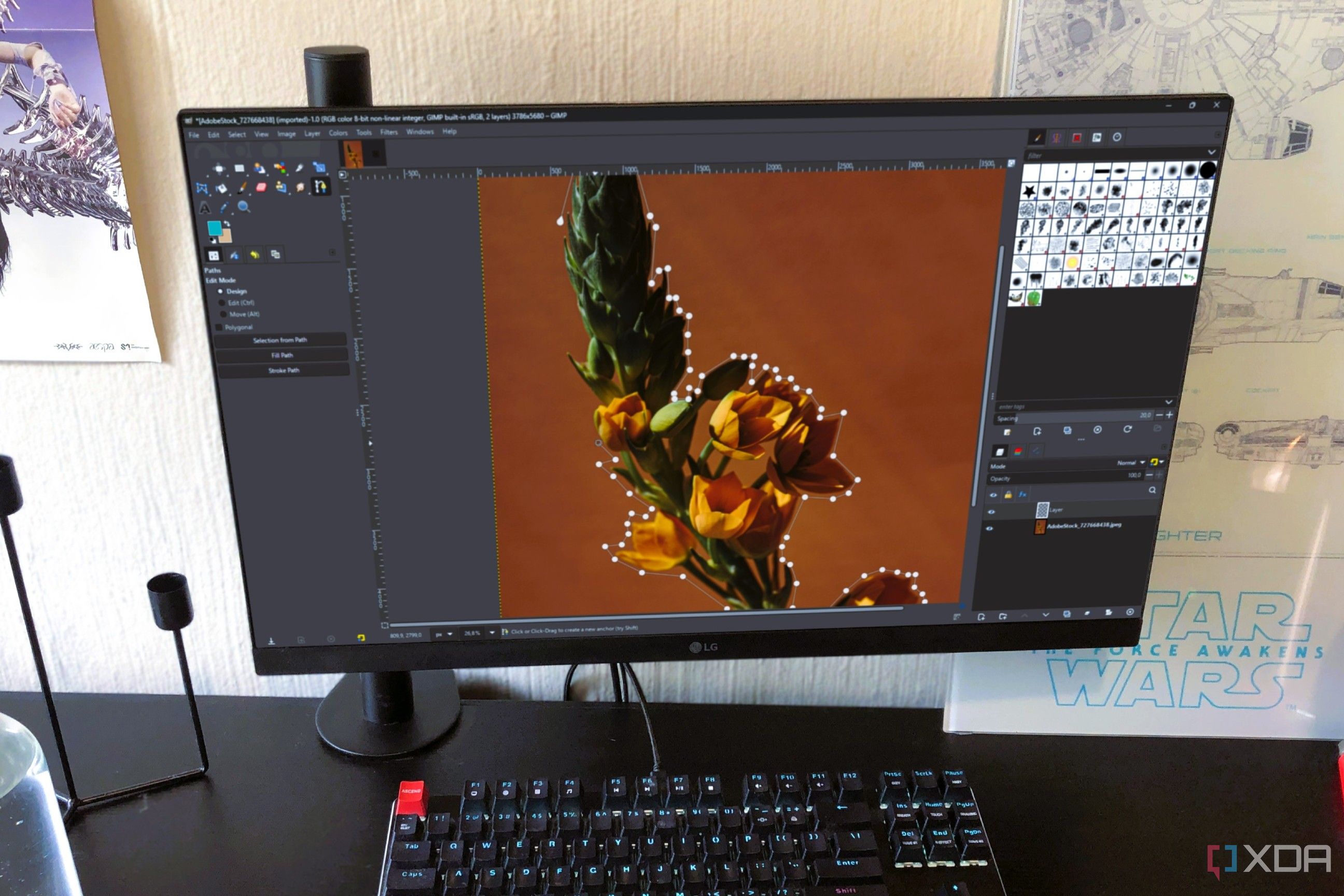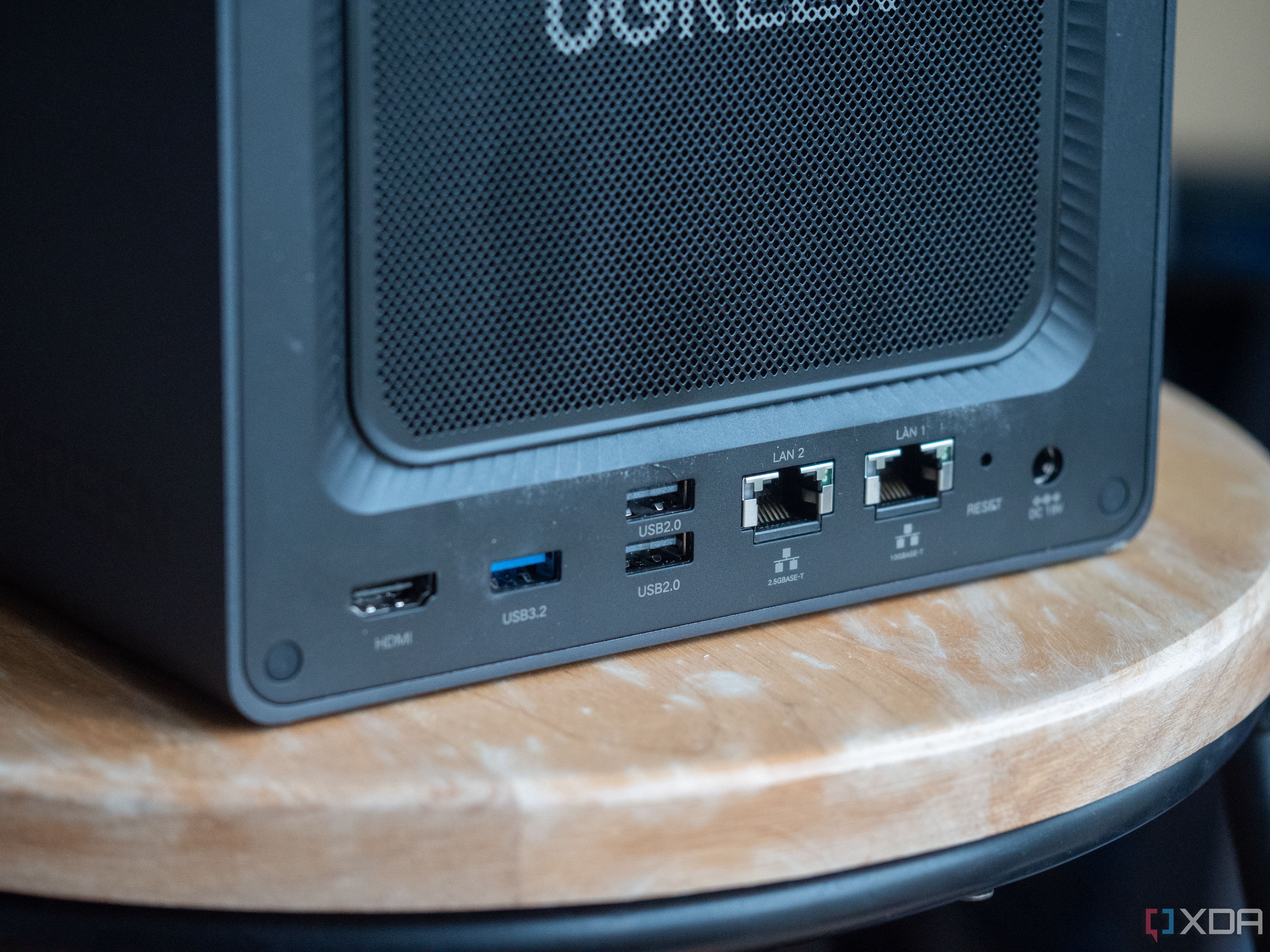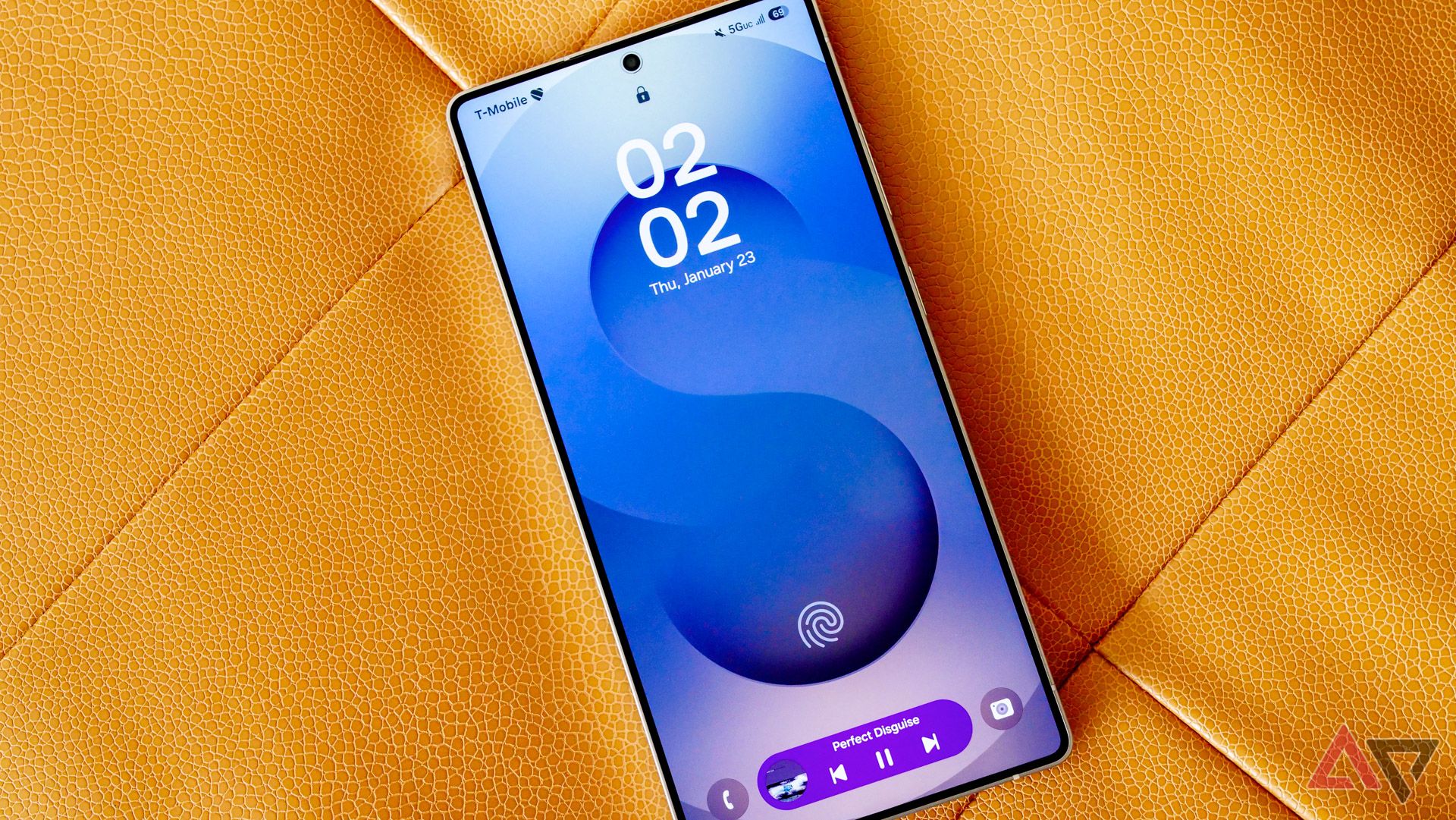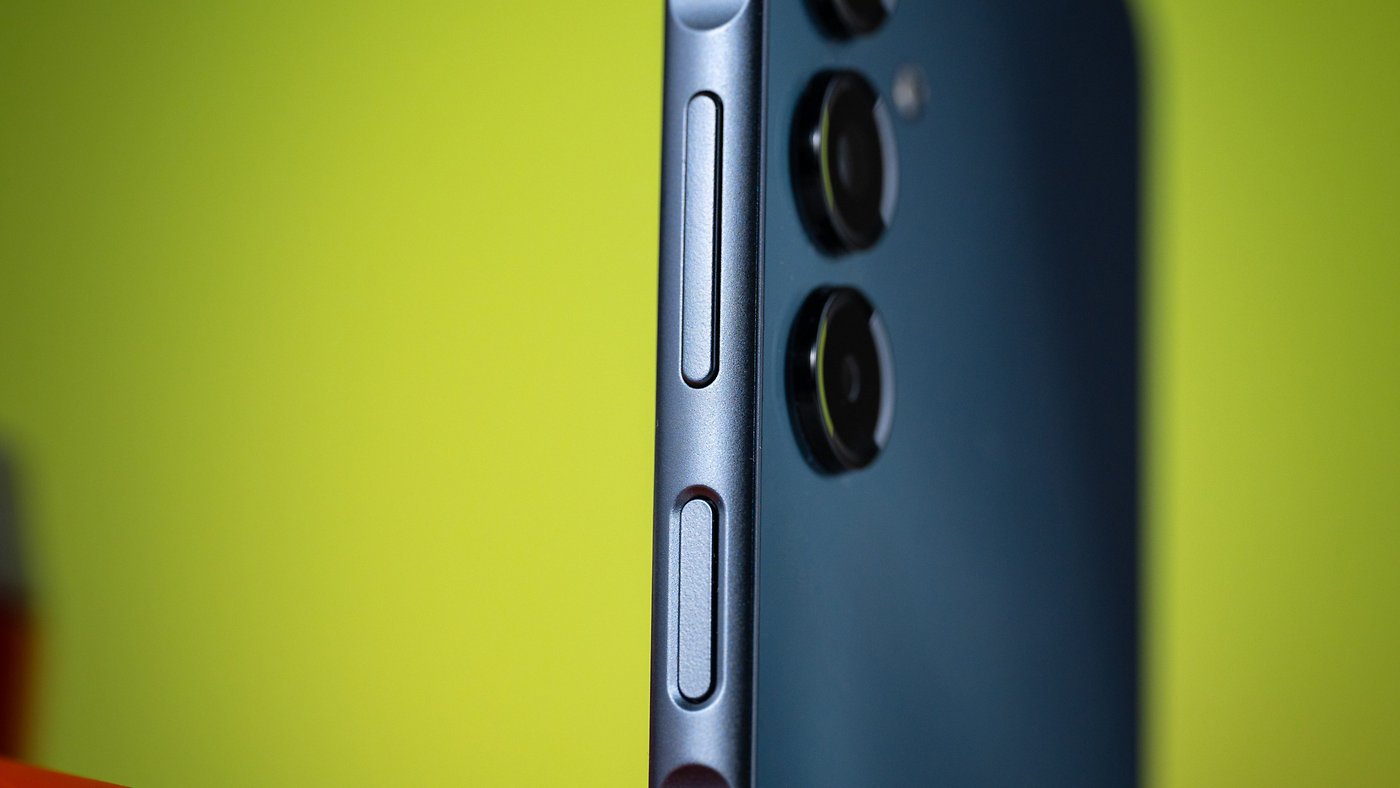Meet the new fungus battery that needs to be fed instead of charged
In a groundbreaking step toward sustainable technology, scientists in Switzerland have developed a fungus battery. It’s a fully biodegradable, living power source made almost entirely … The post Meet the new fungus battery that needs to be fed instead of charged appeared first on BGR.


In a groundbreaking step toward sustainable technology, scientists in Switzerland have developed a fungus battery. It’s a fully biodegradable, living power source made almost entirely of natural materials. Instead of recharging it with electricity, you give it nutrients and water. And it works.
By 2030, the world is expected to generate 75 million metric tons of electronic waste. Most batteries today contain toxic metals and synthetic components, which are difficult to recycle and harmful to the environment. That’s why researchers at Empa, Switzerland’s materials science institute, turned to fungi as an alternative power source.
Their innovation is not just clever; it’s also potentially transformative. This new fungus battery is compostable, non-toxic, and made from cellulose, beeswax, and yeast. The design uses two species of fungi: Saccharomyces cerevisiae (a type of yeast) and Trametes pubescens (a white-rot fungus). Inside the battery’s anode, the yeast breaks down sugar and releases electrons.

These electrons travel to the cathode, where enzymes from the white-rot fungus help complete the circuit and generate an electric current. What’s more, the battery is literally grown using 3D-printed ink made from cellulose, carbon materials, and the fungal cells themselves.
The fungi develop directly inside the structure, sustained by nutrients embedded in the material. After printing, the battery takes just a few weeks to become fully functional.
A single fungus battery generates between 300 and 600 millivolts and can run continuously for several days. When four of them are linked, they can power small devices like environmental sensors for up to 65 hours.
Because they can be stored dry and only need to be activated with water and nutrients, they’re ideal for use in remote areas, agriculture, or medical applications where traditional batteries fall short.
Of course, this fungus battery is still in its early stages, but it represents a promising shift toward sustainable electronics. Researchers are already experimenting with different fungi to boost power and extend shelf life. We’ve seen other uses of fungi in innovative projects in recent years, including one tile system that resembles elephant skin.
The post Meet the new fungus battery that needs to be fed instead of charged appeared first on BGR.
Today's Top Deals
- Amazon gift card deals, offers & coupons 2025: Get $350+ free
- Today’s deals: $289 Nintendo Switch OLED, 60% off HP touchscreen laptop, $20 Fire TV Stick HD, more
- TORRAS Ostand R Air iPhone Case: Aerospace-Grade Protection That’s As Light As Air
- Best Ring Video Doorbell deals
Meet the new fungus battery that needs to be fed instead of charged originally appeared on BGR.com on Sun, 27 Apr 2025 at 13:38:00 EDT. Please see our terms for use of feeds.





























































































































